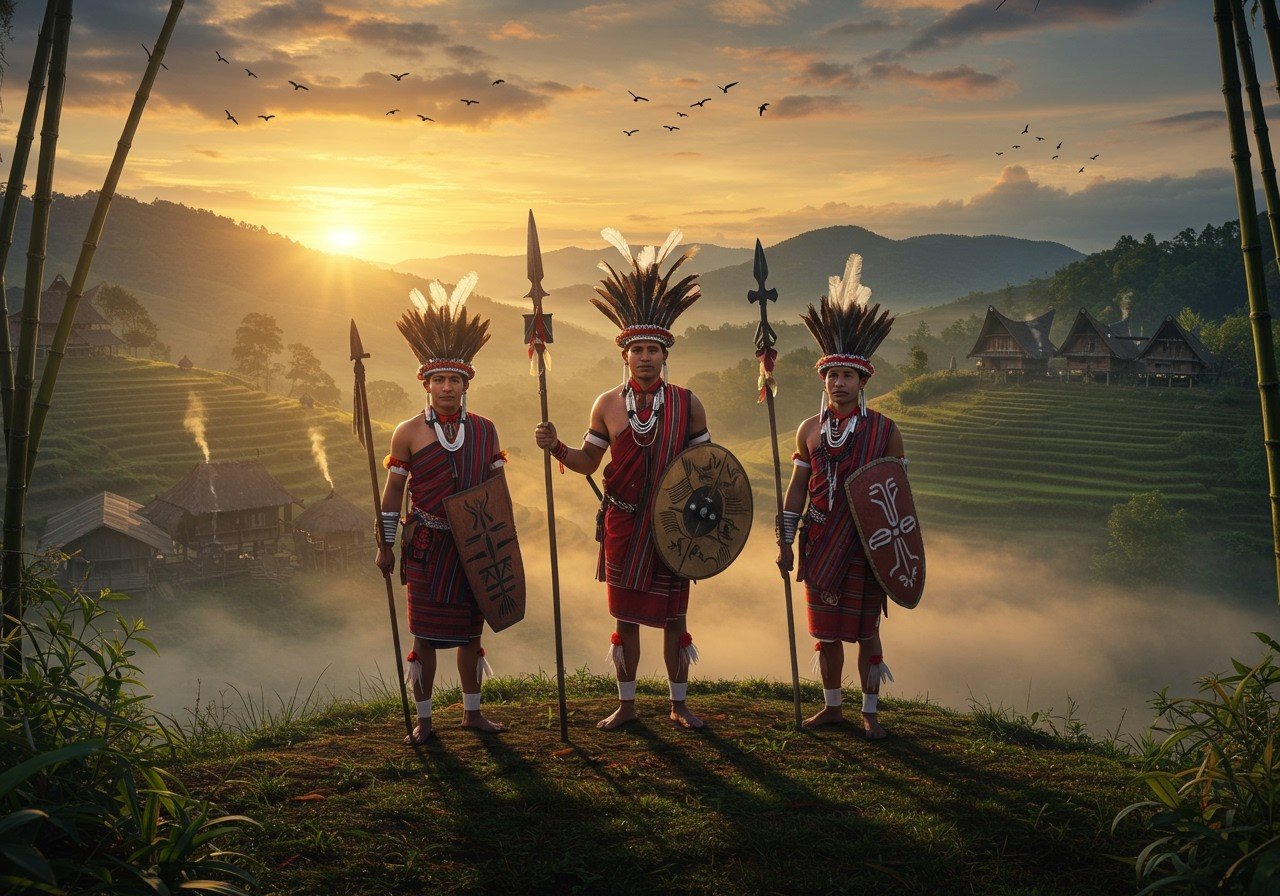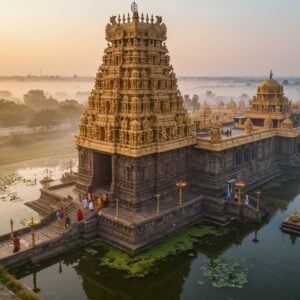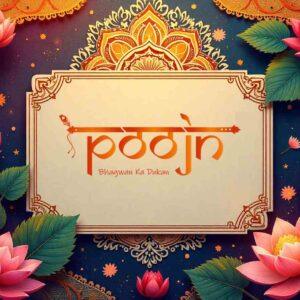
The Naga Hills, nestled in the heart of Northeast India, beckon with a symphony of cultures and traditions. This 2025 guide invites you on a captivating journey into the heart of Nagaland and its neighboring regions, including Manipur and Mizoram, unveiling the beauty and significance of the Patkai range, a majestic backdrop to the lives of these vibrant communities.
A Tapestry of Time: Historical Context of the Patkai Region
The Patkai region whispers tales of ancient communities, each with its own unique narrative woven into the fabric of time. The Naga Hills, shielded by their remote location, have preserved their distinct customs and practices over centuries, a treasure trove of cultural heritage. The whispers of the past echo in the oral traditions, passed down through generations, keeping the historical narratives alive. While the colonial era left its mark on the socio-cultural dynamics, influences from nearby Myanmar have also shaped the cultural evolution of this region.
The Soul of the Hills: Cultural Practices and Traditions
Step into the Naga Hills, and you’ll find yourself immersed in a world where animism is not just a belief but a way of life. Nature is revered, with the sun, moon, trees, and stones holding profound spiritual meaning. Rituals are performed to honor these natural elements, a testament to the deep connection between the people and their surroundings. The Nagas are renowned for their intricate craftsmanship, particularly in basketry, weaving, and wood carving. Women create stunning woolen and cotton shawls, often pieced together from three separate panels, each thread a testament to their artistry.
Festivals in the Naga Hills are vibrant expressions of life, each a unique celebration of tradition and community. The famed Hornbill Festival, a spectacular display of cultural diversity, brings together different tribes in a riot of color and rhythm. The Moatsu Festival, celebrated by the Ao Naga tribe in the first week of May, marks the sowing season with joyous dances and communal feasts. The Aoling Festival, observed by the Konyak tribe in April, heralds the arrival of spring with traditional dances and strengthens the bonds of community.
Music and dance are the lifeblood of Naga culture. Folk songs, passed down through generations, preserve oral traditions, narrating tales of love, history, and the rhythms of agricultural life. Group dances, performed with mesmerizing synchronization, bind communities together in shared expression. The music of the Naga Hills resonates with the sounds of indigenous instruments: the tati, bamboo mouth organs, flutes, trumpets, drums made of cattle skin, and the resonant log drums.
Symbols and motifs adorn Naga art, each carrying deep cultural significance. The majestic hornbill and the mithun (Indian bison) are prominent symbols, representing valor and prosperity. The mithun, a symbol of wealth and fertility, often graces the facades of houses, reflecting the social standing of the owner. Other animal motifs, including tigers, elephants, snakes, and lizards, symbolize qualities like strength and fertility.
Language in the Naga Hills is a testament to its rich diversity, with each tribe possessing its own unique tongue. While English serves as the language of education, connecting the tribes to the wider world, the multitude of dialects speaks to the unique identity of each community. Christianity, introduced in the 19th century, has become the predominant religion, coexisting with the enduring threads of traditional animistic beliefs.
Poojn.in: Your Companion on a Cultural Journey
At poojn.in, we understand the deep significance of cultural traditions. We offer a curated selection of authentic puja items, designed to enhance your spiritual practices and bring the sacred atmosphere of the Naga Hills into your home. Whether you seek traditional prayer beads, pure cotton dhotis for offerings, brass and copper vessels for rituals, natural incense and dhoop, or sacred threads and cords, our collection is designed to meet your needs. We also offer beautiful clay diyas to illuminate your sacred space and clay ghats for traditional ceremonies. You can explore our collection on our website, reach us by phone at 03369029784, or connect with us on WhatsApp at 9476142738. We offer careful packaging, pan-India delivery, and dedicated customer service to guide you through your selection. For bulk orders, we offer special pricing and expedited shipping.
Embracing the Living Spirit of the Naga Hills
A journey through the Naga Hills is not merely a glimpse into the past; it’s an immersion into a living, breathing culture where ancient traditions intertwine with the present. The people of the Naga Hills welcome you to experience their vibrant world, where every festival, every craft, every story holds a deeper meaning. These hills are more than just a destination; they’re a celebration of life, a testament to unity, and a tribute to the enduring spirit of a people deeply connected to their roots while embracing new horizons.
Frequently Asked Questions
What exactly are the Patkai Indigenous Cultures? The Patkai Indigenous Cultures encompass the diverse traditions, languages, and customs of the tribes inhabiting the Patkai range, including the Naga, Manipur, and Mizo Hills.
Where can I find the Patkai Hills? The Patkai Hills stretch across Northeast India, spanning Arunachal Pradesh, Nagaland, Manipur, and Mizoram, a region known for its breathtaking scenery and rich cultural heritage.
What is the cultural significance of the Patkai dance? The Patkai dance is an integral part of the cultural expression of the tribes in the region, performed during festivals and celebrations, weaving together traditional music, vibrant costumes, and captivating storytelling.
What sets the Patkai Hills in Arunachal Pradesh apart? Arunachal Pradesh’s Patkai Hills are distinguished by their dense forests and diverse wildlife. The indigenous tribes here have unique traditions and ways of life, adding to the rich tapestry of the Patkai region.
What awaits me in the Naga Hills? The Naga Hills offer a captivating blend of picturesque landscapes, traditional Naga villages, and vibrant festivals. It’s a chance to experience the unique customs, crafts, and warm hospitality of the Naga people.
Are there any specific festivals unique to the Patkai region? Yes, the Patkai region is home to a number of distinctive festivals, including the renowned Hornbill Festival in Nagaland and the vibrant Chapchar Kut in Mizoram, each a testament to the area’s cultural richness.
How can I travel to the Patkai Hills? Reaching the Patkai Hills involves a combination of flights, road journeys, and local transportation. Major cities in the vicinity have airports, and from there, you can reach the hills by road, embarking on a scenic adventure.
What is the Lushai connection to the Patkai Hills? The Lushai Hills, nestled in Mizoram, form a part of the Patkai range. The Lushai people, known for their vibrant culture and traditional practices, contribute to the rich diversity of the Patkai Indigenous Cultures.


